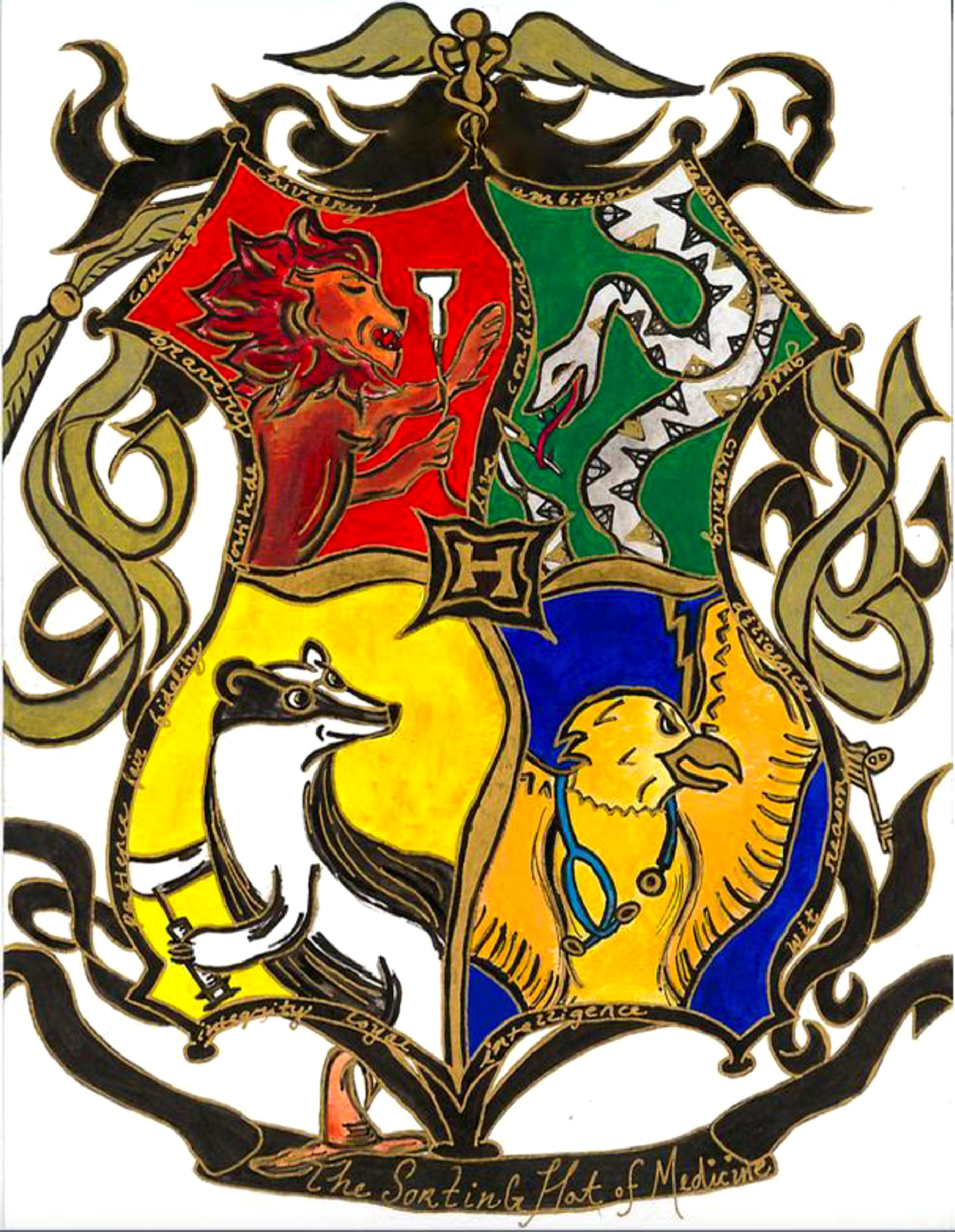For medical students who can't decide which specialty to pursue, maybe a Sorting Hat is the answer
Two physician-scientists surveyed 251 medical residents about their current medical specialty and which Hogwarts house they belonged to
Photo by Artem Maltsev on Unsplash
One of the more important decisions that medical students make in their careers is which specialty to pursue. Unlike the world of Harry Potter, there is no magical Sorting Hat to peer into the thoughts of medical students and sort them into the ‘right’ specialty. But that didn’t stop two physician-scientists from considering what a “sorting hat of medicine” could look like.
In a new study published in the Journal of Surgical Education, Maria Baimas-George and Dionisios Vrochides surveyed 251 medical residents about their current specialty and which Hogwarts house they belonged to. The study – which is delightfully titled The Sorting Hat of Medicine: Why Hufflepuffs Wear Stethoscopes and Slytherins Carry Scalpels – attempted to identify whether specific specialties attracted particular personalities.
In case you need a refresher on JK Rowling’s fictional world, Harry Potter and his fellow magical students attend the Hogwarts School of Witchcraft and Wizardry. In their first year, students are sorted via a Sorting Hat into four distinct houses: Gryffindor (for those with “daring, nerve and chivalry”), Hufflepuff (just, loyal and “unafraid of toil”), Ravenclaw (“those of wit and learning”) and Slytherin (“cunning folk [who] use any means to achieve their ends”).

A visual representation of the prized attributes of the 4 Hogwarts houses and the medical specialties they may correlate with
Maria Baimas-George
Together, Baimas-George – a long-time Harry Potter fan – and Vrochides created a six-question survey to ask participants about their specialty, and which Hogwarts house they would self-sort themselves into. In another nod to the Harry Potter novels, respondents who knew about Harry Potter but didn’t select a house were classified as Muggles.
A total of 251 medical residents responded to the survey. Around half (49.4%) of the survey respondents were surgical residents, while the remaining non-surgical residents belonged to specialties including pediatrics, gynecology and family medicine. Interestingly, Baimas-George and Vrochides found that there were more Slytherins, and fewer Hufflepuffs, in surgical compared to non-surgical specialties. There were significantly more Gryffindors and fewer Hufflepuffs in general surgery, and more Slytherins in orthopedic surgery. (Fun fact: Baimas-George is currently a general surgery resident and a Gryffindor, but acknowledges a few Slytherin-esque traits too.)
Wondering where all the Hufflepuffs and Ravenclaws are at? Me too. It turns out that there were significantly more Hufflepuffs, and fewer Gryffindors, in pediatrics. Ravenclaws showed up in greatest numbers in gynecology (35.3%) compared to other specialties (19.9%), though this wasn’t a significant difference.
Oh, and there were no Slytherins in family medicine.
Based on these findings, the authors conclude that certain personality traits may be more useful or essential in specific specialties. For example, Slytherin values – such as ambition, power, and cunningness – do match those seen in residents pursuing surgical specialties. And past studies show that surgery students tend to be more determined, have higher self-confidence and are less anxious.
Despite its small sample size, this study does suggest that Hufflepuffs are more likely to wear stethoscopes and that Slytherins are likely to carry scalpels. Perhaps medical students should also consider Harry Potter’s Sorting Hat when it comes to deciding which future specialty to pursue – but they shouldn't forget to consult mentors, friends and loved ones first.